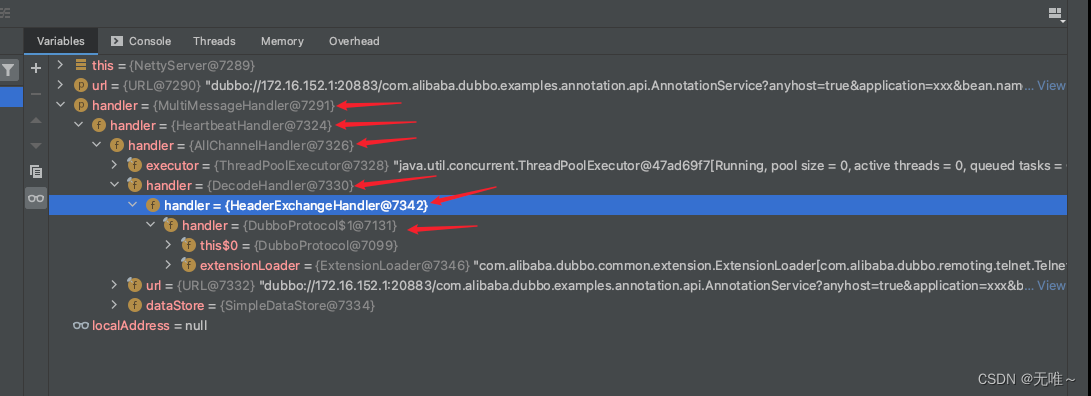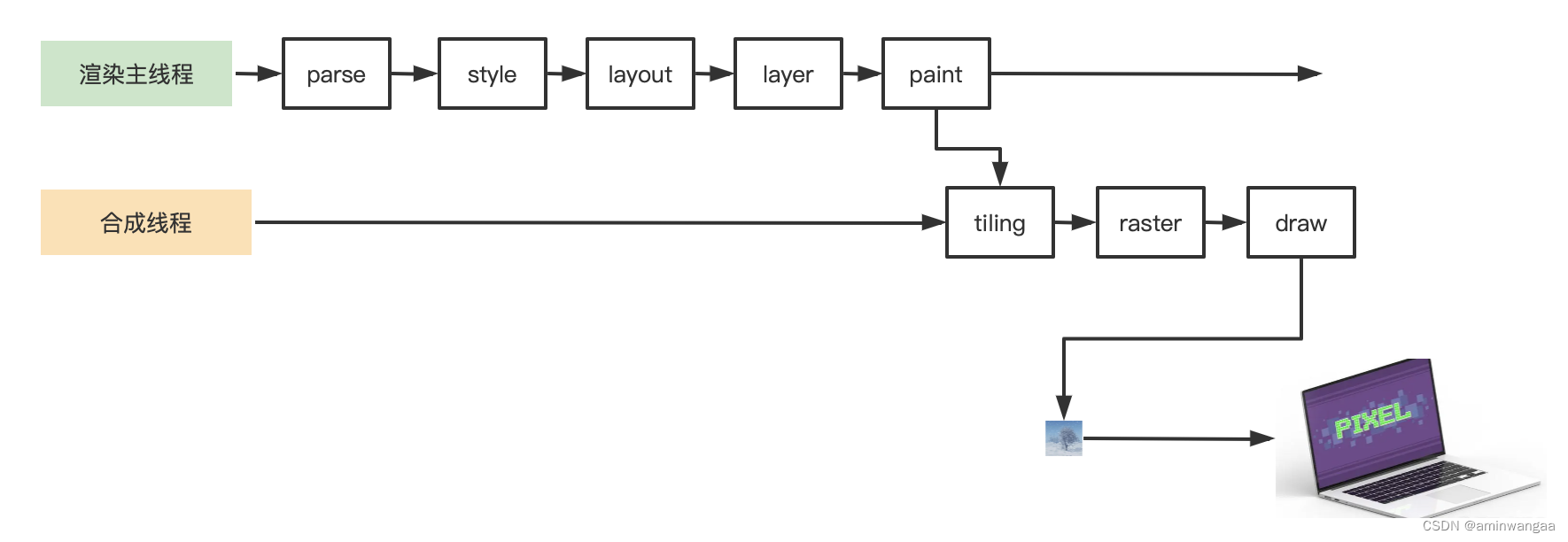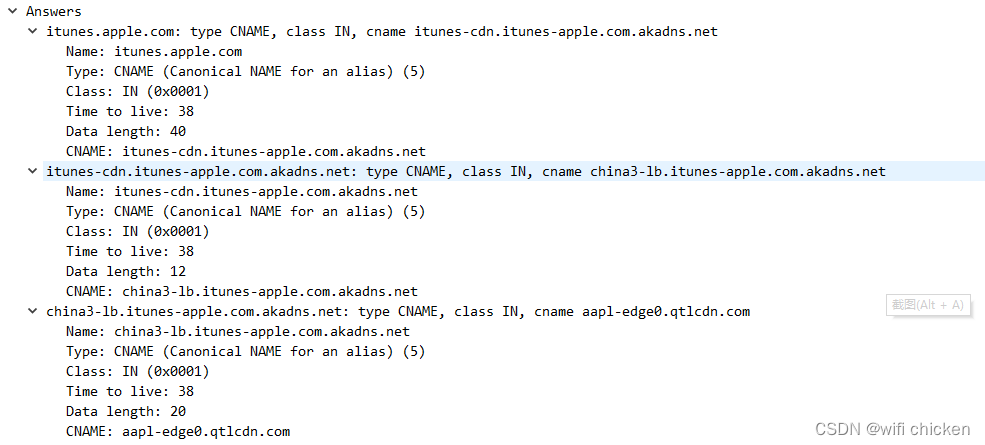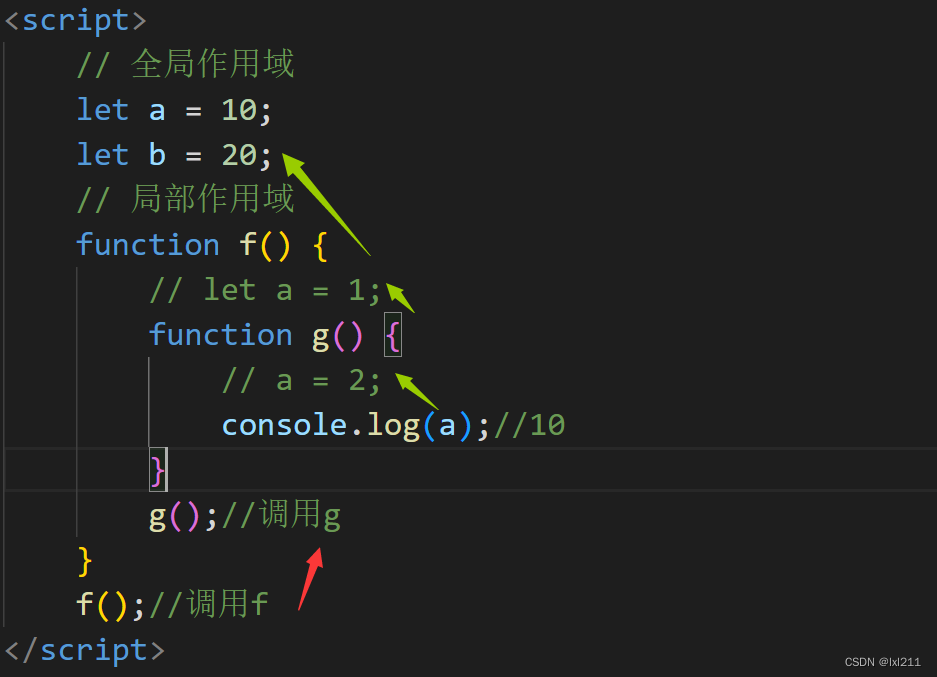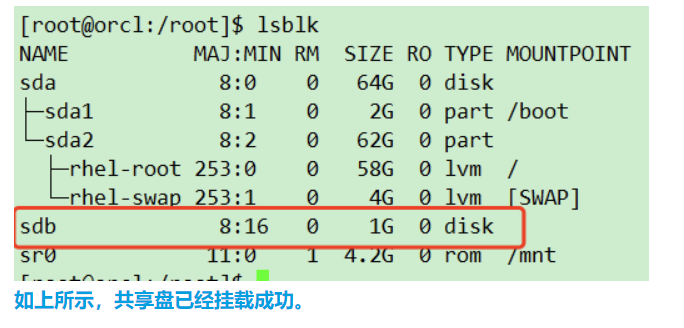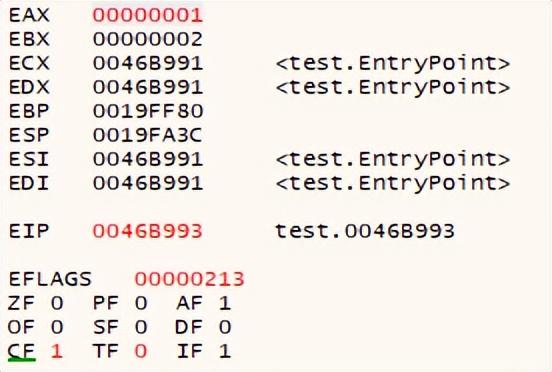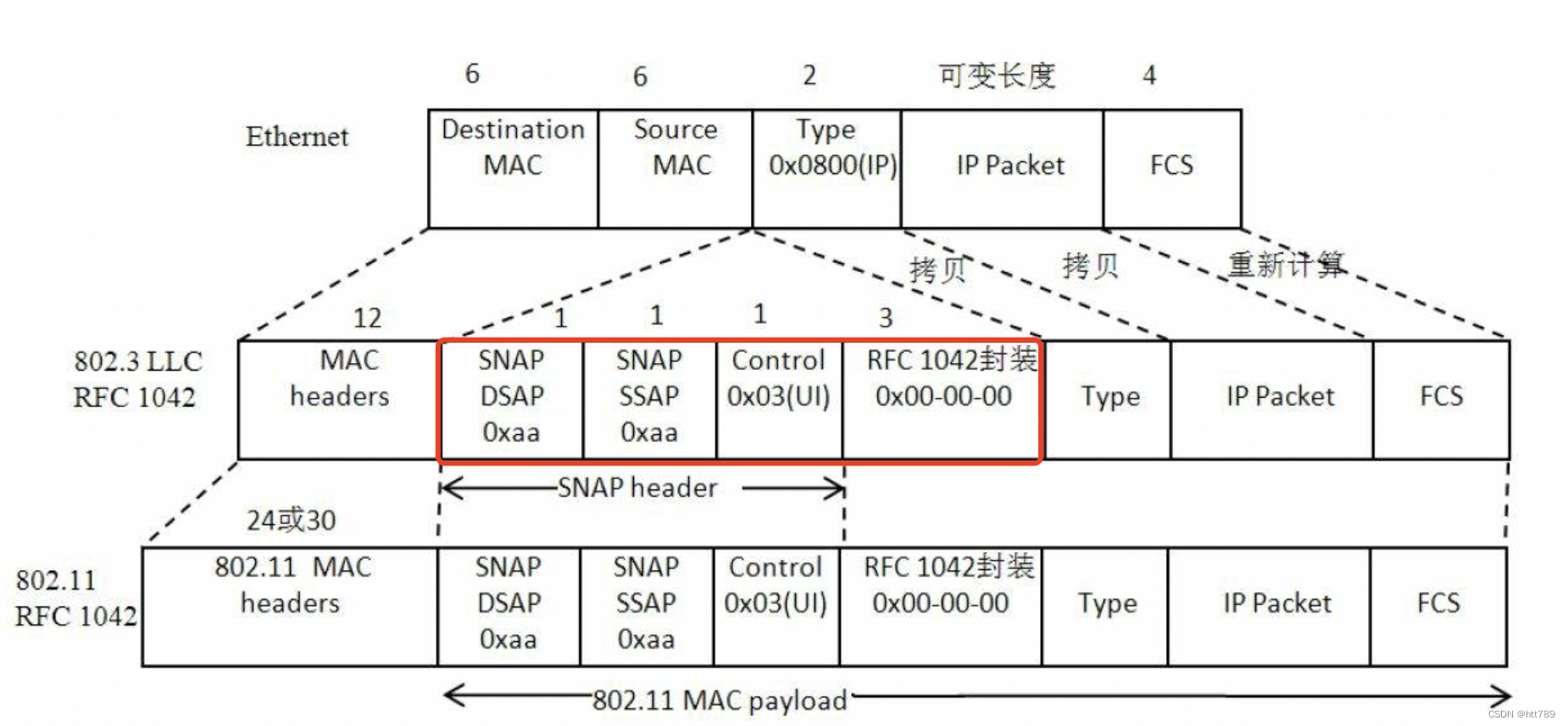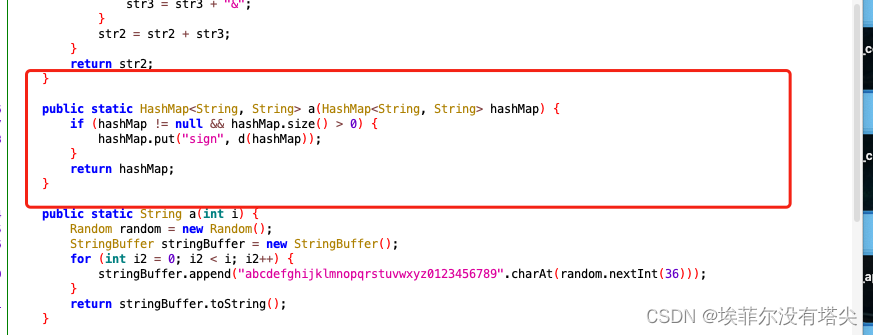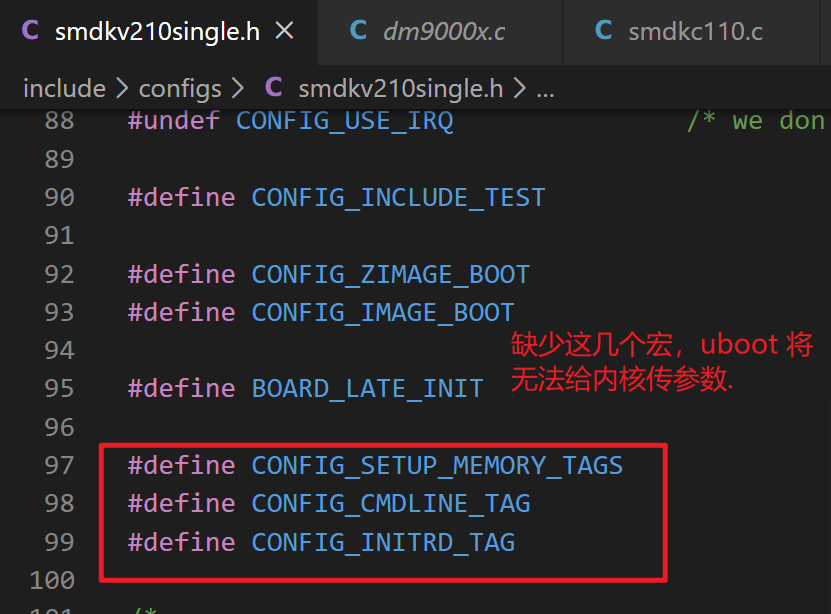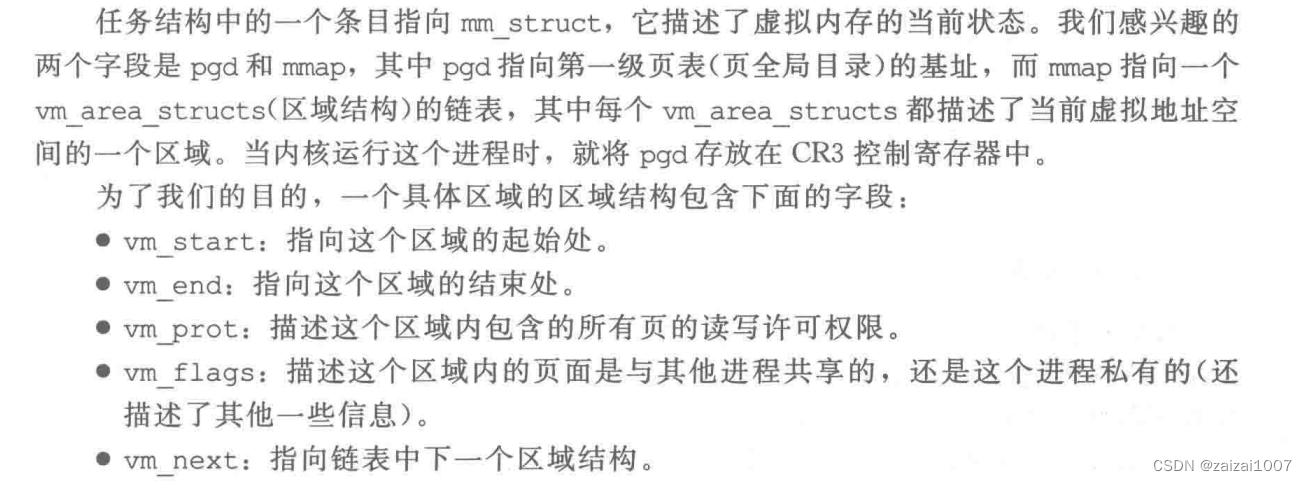文章目录
- synchronized 锁有两种
- synchronized异常捕获
- 主线程和子线程
- volatile的作用
- notify是随机启动等待线程中的一个
synchronized 锁有两种
- 类对象
- 类的实例
第一种:锁类对象,有两种方式,如下:
// 方法一:synchronized 修饰static方法
public static synchronized void test(){
System.out.println(Thread.currentThread().getName()+" start ");
try {
TimeUnit.SECONDS.sleep(2);
} catch (Exception e) {
e.printStackTrace();
}
System.out.println(Thread.currentThread().getName()+" end ");
}
// 方法二:synchronized锁class对象
public void test2(){
synchronized (getClass()) {
try {
TimeUnit.SECONDS.sleep(2);
} catch (Exception e) {
e.printStackTrace();
}
System.out.println(Thread.currentThread().getName()+" run ");
}
}
public static void main(String[] args) {
TestThread10 t = new TestThread10();
new Thread(()->TestThread10.test(),"线程 1 ").start();
new Thread(()->t.test2(),"线程 2 ").start();
}
其结果如下:
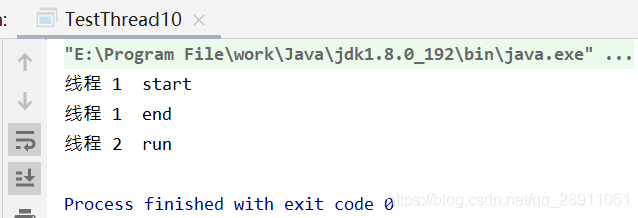
在线程1,也就是先启动线程1且等线程1走完,才执行线程2;
锁类,就可以理解为,在类对象上加了一把锁,所有加锁的方法都需要等待上一把锁的释放才能执行
第二种:类的实例
只要对同一个实例对象加锁了,才能实现线程同步,如下:
public void test2(){
synchronized (this) {
try {
TimeUnit.SECONDS.sleep(2);
} catch (Exception e) {
e.printStackTrace();
}
System.out.println(Thread.currentThread().getName()+" run ");
}
}
synchronized异常捕获
使用synchronized的时候,出现异常一定要处理,不然他会自动释放锁
它的机制是手动加锁,自动释放锁。下面看一个例子,在异常的地方一定要处理异常,不然就会想下面代码中的线程1,会被释放掉。
private Integer c = 0;
@Override
public void run() {
count();
}
private synchronized void count(){
System.out.println(Thread.currentThread().getName()+" start。。。");
while (true) {
System.out.println(Thread.currentThread().getName()+" count="+c++);
try {
TimeUnit.SECONDS.sleep(1);
} catch (InterruptedException e) {
e.printStackTrace();
}
if (c == 5) {
int i = 1/0;
}
}
}
public static void main(String[] args) {
TestThread3 t = new TestThread3();
Thread t1 = new Thread(t, "线程 1");
Thread t2 = new Thread(t, "线程 2");
t1.start();
t2.start();
}

主线程和子线程
线程分用户线程和守护线程;
main方法其实是一个主线程,在操作系统启动java.exe后,是开启了一个进程,然后进程启动main线程,main线程有启动其他线程。
- 守护线程:和主线程一起结束(主线程结束,守护线程也结束)
- 用户线程(非守护线程):但所有的用户线程结束,主线程结束
t2.setDaemon(true);
t2.start();
volatile的作用
可以看这位博主的博客:Java中Volatile关键字详解 - 郑斌blog - 博客园 (cnblogs.com)
它有两个功能:
- 线程间的可见性
- 防止指令重排序
注意:
可见性不代表原子性,它只是能够让其他线程能够实时查看到最新值,而其他操作,它不保证。
指令重排序,这个有点深奥,可以先暂时忽略
notify是随机启动等待线程中的一个
notify是随机启动等待线程中的一个,并且跟线程优先级无关,且 wait和notify方法要在同一把lock的情况下使用;还有一点是lock.wait 阻塞还后会把锁让出给需要的线程,然而,在其他线程执行完后,调用lock.notify(),唤醒等待的线程,但是在当前锁里的代码没执行完,不会释放掉锁。
简单场景模拟:
一个固定容量同步容器,拥有put和get方法,以及getCount方法,能够支持两个生产者线程以及10个消费者线程的阻塞调用。
public class TestThread8 {
private final LinkedList list = new LinkedList();
private final int MAX = 10;
private int count = 0;
public synchronized void put(Object o) {
while (list.size() == MAX) {
try {
// 在这里等待;的那个调用notify时会从这里继续执行
this.wait();
} catch (InterruptedException e) {
e.printStackTrace();
}
}
list.add(o);
count++;
// 启动所有线程,包括生产者,随机的
this.notifyAll();
}
public synchronized void get() {
while (list.size() == 0) {
try {
this.wait();
} catch (InterruptedException e) {
e.printStackTrace();
}
}
list.removeLast();
count--;
this.notifyAll();
}
public int getCount() {
return list.size();
}
public static void main(String[] args) {
TestThread8 t = new TestThread8();
for (int i = 0; i < 2; i++) {
new Thread(() -> {
int j = 0;
while (true) {
t.put(Thread.currentThread().getName() + " put " + t.getCount());
System.out.println(Thread.currentThread().getName() + " put " + t.getCount());
}
}).start();
}
for (int i = 0; i < 10; i++) {
new Thread(() -> {
while (true) {
t.get();
System.out.println(Thread.currentThread().getName() + " get " + t.getCount());
}
}).start();
}
}
}
